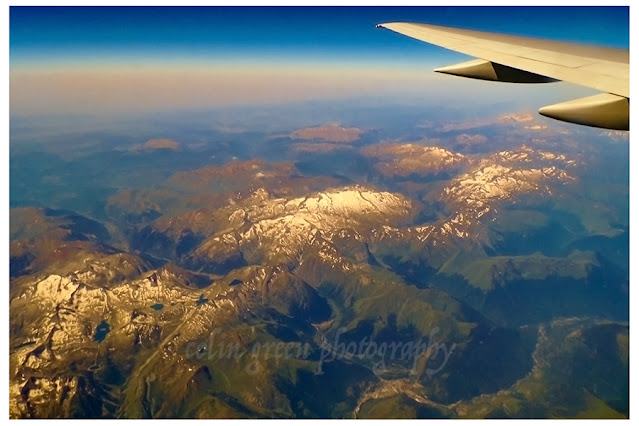Above the Pyrenees is a set of 5 pictures taken in July 2014 whilst on a flight. The Pyrenees are a mountain range that straddle the border between France and Spain, the Principality of Andorra also exist within the mountain range. The area I was over when taking the pictures is known as the Natural Park of Posets-Maladeta which is in the Huesca, Aragon region of Northern Spain.
The pictures were taken on Thursday 17th July 2014 using a Polaroid is2132 bridge camera. They can be seen below and on ClickASnap where they are full size, resolution and un-watermarked.
Thanks for looking and please take a minute to share and follow me on social media via the links in the sidebar.
Clicking any image should open a link in another window to the version displayed on Clickasnap.
All pictures remain the copyright of Colin Green.
































